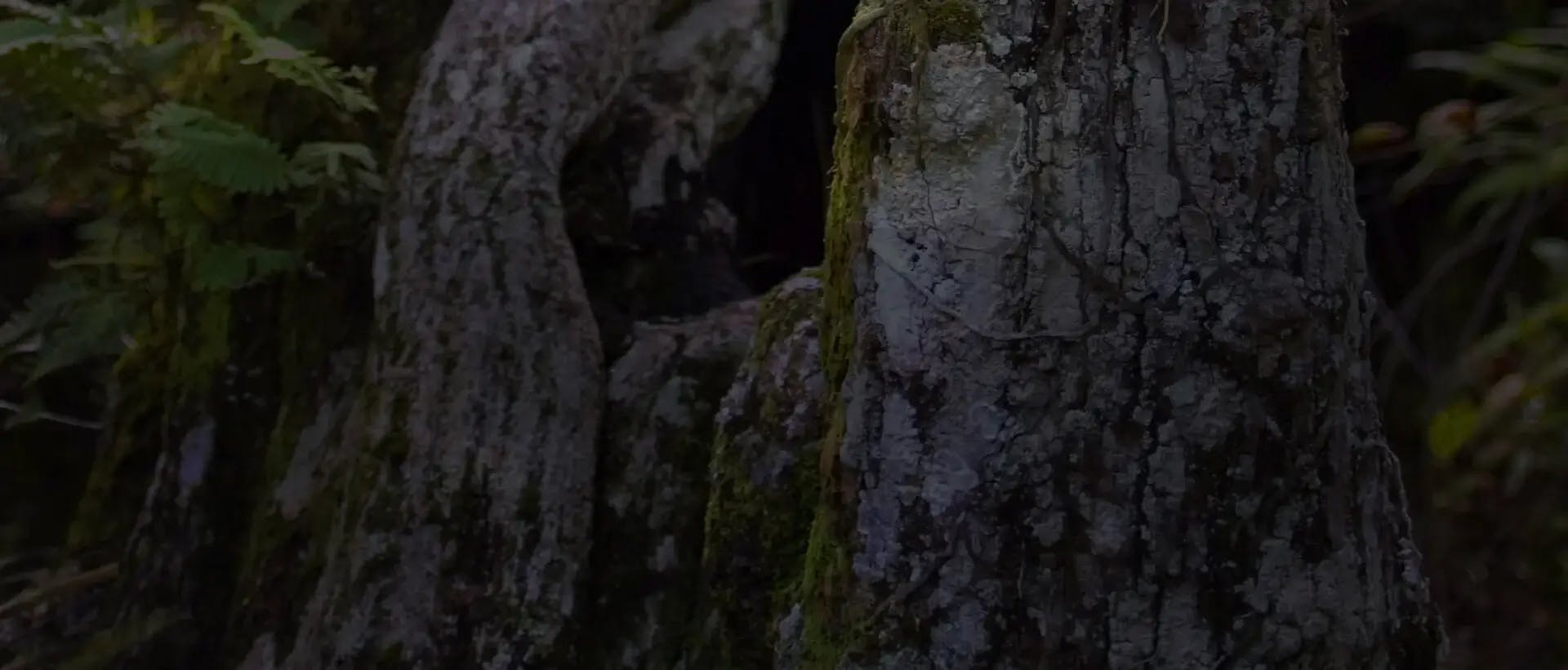
Have you ever wondered why you couldn’t just sow orchid seeds in soil or media the same way you sow other flower seeds? That’s because most orchid genera produce naked seeds. Let’s talk about plant and seed evolution to understand what these are.
Approximately 360 million years ago (MYA), Gymnosperms appeared on Earth. These seed-producing plants include cycads, ginkgo, and conifers. These plants produced naked seeds which consisted of only an embryo attached to the surface of some structure such as a cone. This type of seed reproduction is very efficient and allows for a wide dispersal of seeds. The disadvantage is that the seed must land in an area with proper nutrients and growth conditions for germination.
The next group of plants to arrive on Earth were the Angiosperms, the flowering plants, which appeared approximately 140 MYA. Angiosperms improved on the naked seed by wrapping it in an endosperm. See the diagram below of a corn kernel found at www.britannica.com. Endosperm is a plant tissue that provides the nutrients necessary for seed germination and growth. This increases the probability that a seed will germinate but limits the distance of seed dispersal.

Now we come to the orchids where this discussion enters a gray area. The current theory is that Orchidaceae, a plant family within the Angiosperms, arose approximately 112 to 120 MYA. However, most orchid genera produce naked seeds inside a seed capsule. The capsule develops from the ovary of a pollinated flower. The inside of a ripe seed capsule looks sort of like dusty cotton stuffing. The “dust” is the actual orchid seeds. Once ripened, this seed capsule bursts open and disperses up to millions of tiny seeds (numbers depend on the species) in the wind. A very small percentage of these seeds will land in an area with the correct nutrients and growth conditions and germinate. Mycorrhizal fungi are responsible for providing these nutrients.

The lack of endosperm is why orchid seeds are sown on nutrient agar to germinate. Before the development of modern orchid seed propagation techniques, orchid growers would spread the contents of their ripe seed capsules on the potting mix of the mother plant and hope for the best. In most cases, the result was no germination, although once in a while, a few seedlings would develop. Sowing orchid seed on sterile nutrient agar and maintaining them under sterile conditions prevents their destruction by pathogenic fungi and bacteria, allowing the tiny seeds to begin to grow without the aid of mycorrhizal fungi.
A few orchid genera, such as Disa and Vanilla, have a proto-endosperm. These seeds are a little larger than other orchid seeds, but still very small. Those tiny black specks in vanilla ice cream are the seeds of the Vanilla orchid and some hybridizers have been able to sow Disa seeds on moist sphagnum moss and get them to germinate with reasonable yields.
A cautionary note to mention here is that most, if not all, “orchid seeds” being sold on Amazon and other online sites are not actually orchid seeds. Remember that most orchid seeds are the size of dust particles, and you would need a microscope to count 50 to 100 seeds.

FREE ACCESS: Orchid DealWire
Get notified when orchid vendors have special promotions and exclusive savings.







